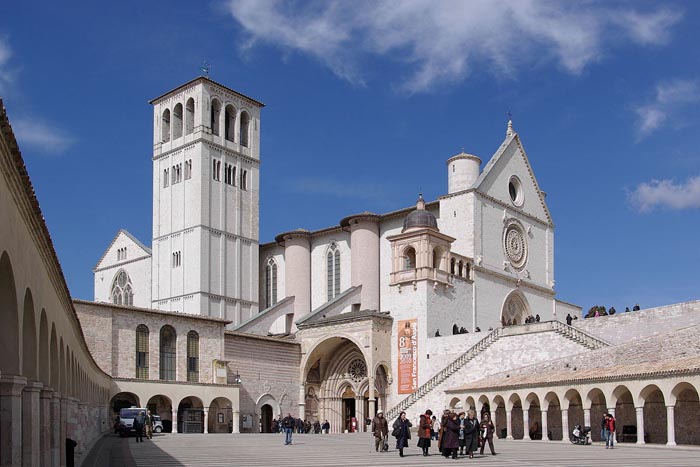Church of St. Francis of Assisi

Information on Church of St. Francis of Assisi (Goa) - History & Architecture
The Church of St. Francis of Assisi is regarded as a heritage place, which was created in the year 1660 by Portuguese ruler. Formerly it was created as a sanctuary and later it was given the position of a church. Situated in Old Goa, nowadays, Church of St. Francis of Assisi boasts spectacular museum with certain remarkable sculptures and paintings.
Church of St. Francis of Assisi Religious Significance
Various forms of worship exist in Church of St. Francis of Assisi which are also known as 'rites'. One popular worship in Church of St. Francis of Assisi is the celebration of Eucharist. On this occasion the church communicates that Christ existed in the Eucharist. There are certain rules which must be followed while celebrating this event and also who obtain Eucharist. The other popular religious activity conducted in Church of St. Francis of Assisi is western liturgical rites. It is the most common worship in those church which are developed in India. Apart from that, eastern liturgical rites also occur in Church of St. Francis of Assisi with traditional Eastern functions. Church of St. Francis of Assisi also has its own liturgical calendar which is being followed in any religious celebration.
Church of St. Francis of Assisi Mythology
Saint Francis, on behalf of whom, the church was created, was formerly known as John. However, there are various reasons exist for altering his name. According to Christian mythology, Francis had obtained the elegance of God and the enthusiasm of Holy Ghost. Furthermore, it is also believed that the heavenly wisdom have gave him the name. Francis was regarded as the almighty of god and was made a mercantile until 25 year age. Since he squandered considerable amount of time by living unproductively, Lord rectified him by the curse of illness and abruptly changed him from John to Francis, who is of complete different personality. As a consequence, Francis started to shine by the spirit of divination. Legend also states that once Francis along with another person was taken as inmate and were put in a harsh jail, where other inmates were howled and grieved. Nevertheless, only Francis was the only one in the prison who was cheerful and adored. He had created 'orders of Friars Minor' which is a religious group who obey to the wisdoms and spiritual disciplines of Francis. The Church of St. Francis of Assisi was made in order to give tribute to him for his noble works and religious experience.
Church of St. Francis of Assisi Architectural Significance
Church of St. Francis of Assisi was created by laterite blocks with lime surface. Formerly, the church was created on the basis of Manueline architectural style, but later it was reconstructed with Tuscan as well as Baroque architecture in the exterior and interior portions respectively. However, the Manueline styled entryway still exist as former design and stands as the key entrance to the church.
The interior of the Church of St. Francis of Assisi is stunningly carved with bloomy decorations. It is exemplified with the sights from holy bible and several attractive 17th century wall portraits. The support walls of the church is nicely designed with floral frescos with a touch of Indo Portuguese Baroque style. The inner wall of the church separate the sanctuaries and support a corridor. One key feature of the Church of St. Francis of Assisi is a golden main alter and emblazoned gravestones which covers the floor.
The exterior of the Church of St. Francis of Assisi is designed with Tuscan architectural style. There is a nave in the external side of the church which is beam curved. Dedicated to Saint Francis, the main alter of the church possesses an enormous sculpture of Saint Francis and a correspondingly big sculpture of Jesus Christ. Underneath the two sculptures, there are captions of the three oaths namely poverty, humility and obedience. Furthermore, there are various beautiful paintings in the main alter which demonstrate scenes from the life of Saint Francis.